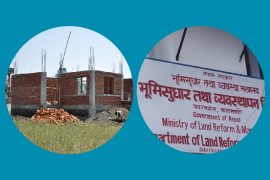The Governor of Nepal Rastra Bank (NRB), Chiranjibi Nepal had cautioned the banks and financial institutions to maintain self-regulation in earlier 2017. This directive mainly focused on the regulation of money flow into the country’s unproductive sectors.
As a result, the Nepal Banker’s Association (NBA) made revisions such as the reduction of loans offered to unproductive sectors such as real estate and automobiles. They also agreed to issue margins on loans whereby the borrowers took loans by pledging their shares as loan securities. The freeze in lending and margin loans in home and auto sectors was not well received as the two sectors depended on bank financing. Further, the Nepal Stock Exchange (Nepse) index fell below the 1300 point mark after a day of introduction of the new regulations.
The NRB Governor, Mr. Chiranjibi said that financing up to 90 percent in the auto sector could result in adverse effects on the country’s economy. He also hinted on the introduction of credit caps on loans offered in the auto sector. The land was experiencing high-profit margins in the auto and home sectors while other areas did not seem to record any growth. The governor attributed this to the excessive lending in the two industries as opposed to the lack of credit in sectors like agriculture.

Later in the year, (2017), the 2017/2018 Monetary Policy was introduced which contained revised policies, especially in lending rates. While the loans offered in auto and home sectors were capped, the new directive required commercial banks, development banks, and financial institutions to offer certain percentages of loans to other productive sectors. Such included agriculture, tourism and hydro-electricity sectors among others.







